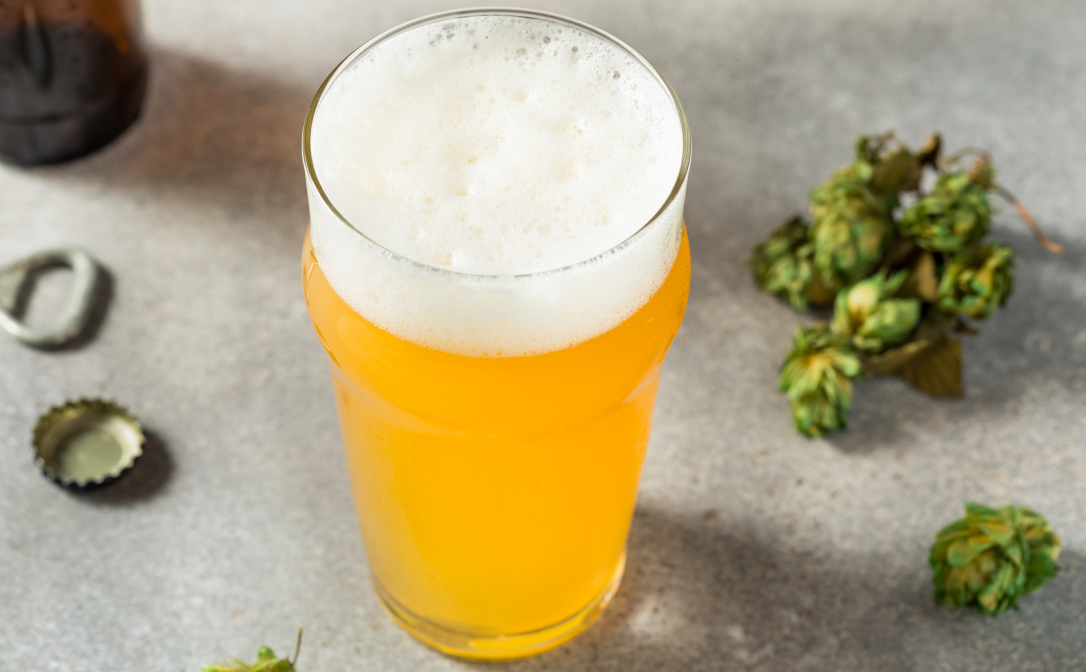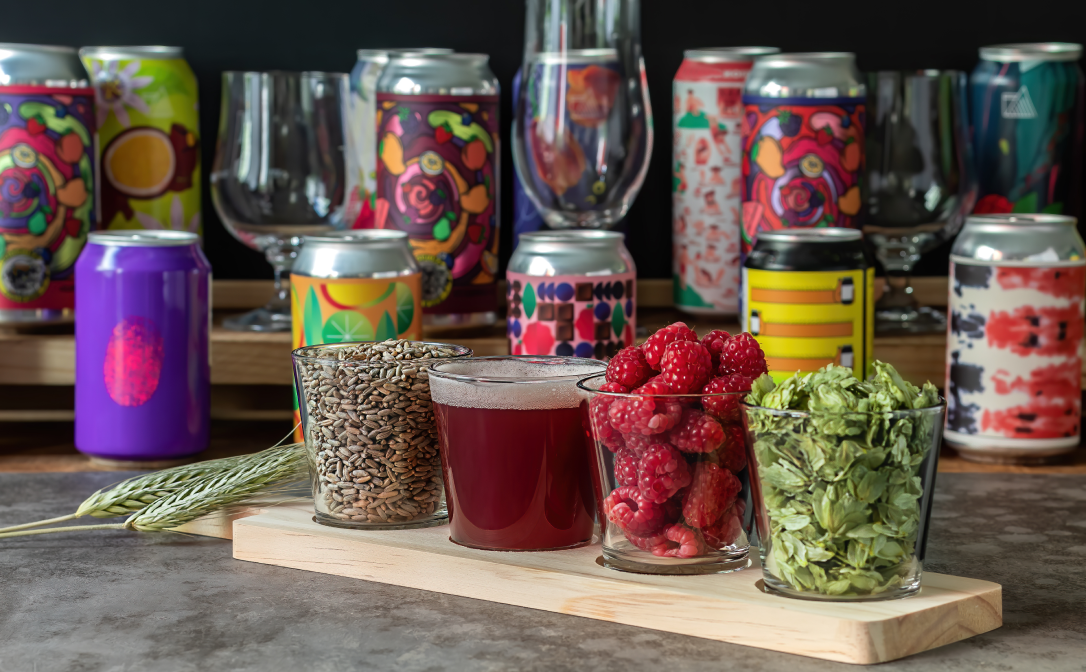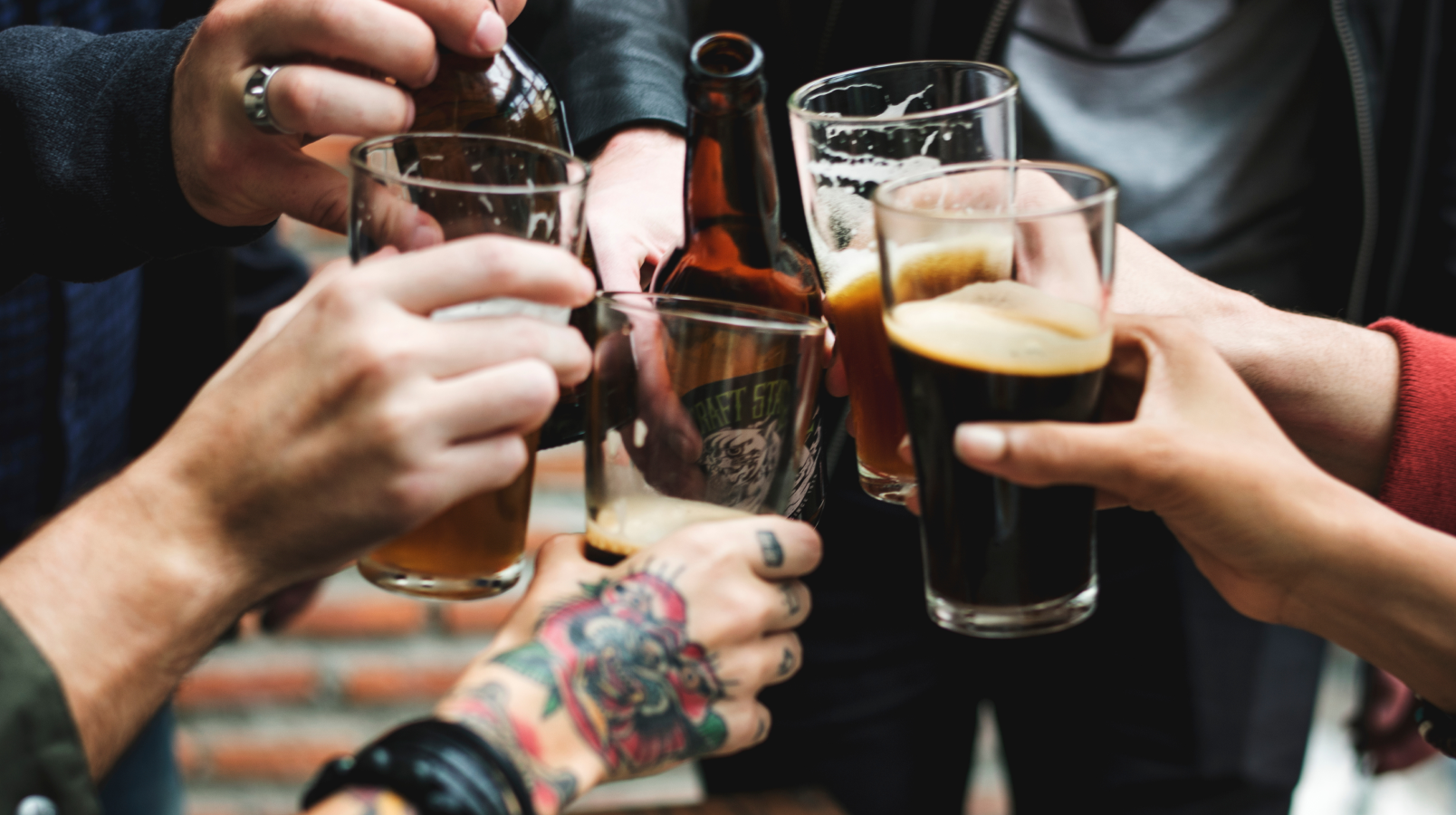We’re delving into the dynamic world of beer, and taking a look at the trends for the new year. Our beer experts are weighing in on what’s to come in 2024, from the rise of genetically modified yeast in brewing, to the expansion of the no and low category.
Malcolm Venter, WSET educator trainer and course developer, believes that genetically modified yeast in brewing will grow even more in 2024. Mirella Amato, senior business development manager for beer, is excited to see interesting regional styles gain more traction globally. Sara Hobday, our head of research and curriculum for beer, shares her insights into sustainability and technology in the beer industry, and Natalya Watson, our EMEA business development manager for beer, shares her trending styles for the new year.

Our beer experts. From left to right: Mirella Amato, Natalya Watson, Sara Hobday, and Malcolm Venter.
Missed our previous beer blogs? Take a look at our overview of the main beer styles.
Malcolm Venter
Genetically modified yeast in brewing
One of the recent trends in brewing involves the use of genetically modified yeast, such as thiolised yeast. This yeast is tweaked to produce more enzymes, unlocking thiols from malt and hops and giving beer fruity and tropical aromas like mango, guava, and passion fruit. English and European hop varieties are rich in these precursors, potentially allowing UK and European breweries to craft styles like Hazy and New England IPAs, traditionally reliant on imported American hops, with locally sourced ingredients. This innovation draws inspiration from research initially focused on intensely fruity white wines, particularly Sauvignon Blanc.

A hazy IPA.
Another stride in this domain is the development of yeast strains naturally producing terpenes, mimicking hop-derived aromas and offering a sustainable solution as climate change affects hop harvests worldwide.
Mirella Amato
The growth of regional styles
One thing I’m enjoying is seeing several regional styles from various countries gaining more attention internationally. This includes Catharina sour, New Zealand Pilsner, Italian Grape Ale, Dorada Pampeana, Sahti and Koyt. In the coming year, it looks like Polish brewers will be making a big push to expand the reach and understanding of Grodziskie - a style made entirely from oat-smoked wheat malt. It’s so great to be able to access these styles from around the world, whether they’re imported or locally brewed.
Sara Hobday
Sustainability and technology
Brewing uses a significant amount of water and energy and can create a lot of waste. So, one of the most encouraging beer industry trends is innovation and improvement in sustainability.
We are seeing larger breweries harness technologies to reduce environmental impact, focusing on a range of areas such as carbon and heat capture, water conservation and waste management.
Some of the technology is starting to become more accessible to smaller breweries as well. In addition, breweries can make a difference in a variety of ways including sourcing ingredients more locally to reduce transport emissions, choosing ingredients grown using sustainable or regenerative practices, using renewable energy and more eco-friendly packaging where possible.
New solutions are being developed all the time – powdered beer, anyone? As well as contributing to a more sustainable future, a commitment to sustainability can pay off by creating more efficiencies for breweries and more brand engagement among eco-conscious customers.
There’s a lot more to be done, so it’s great to see more and more breweries stepping up.

The climate is like beer: it's not good warm.
Natalya Watson
Hazy IPAs are here to stay
For decades, drinkers have associated the IPA beer style with a bold, bracing bitterness and potentially challenging hop aromas of pith, pine and resin. But that's not actually what most IPAs being brewed today taste like... and as this recent The New Yorker cartoon - and beer writer Chris O'Leary's response to it - illustrates, not everyone's gotten that memo!
Over the last few years, craft breweries have largely shifted to a substyle of IPA, called hazy or New England IPA, that focuses less on hop bitterness and more on hop aroma and flavour, and specifically citrus, stone fruit and tropical fruit notes that give this beer its nickname of "juicy" IPA. In my experience, most people that try a hazy IPA are pleasantly surprised by the style's lower level of bitterness, the touch of sweetness in the balance, its juicy, tropical fruit character and the soft, fluffy mouthfeel which comes from the addition of wheat or oats. It tastes nothing like those "aggressively bitter and unpleasant" IPAs that helped to define the early craft beer movement in the 1990s and 200s.
But, as IPA is still in the name, I'd imagine that there are plenty of drinkers who have yet to give this substyle a go, as they tried a traditional American IPA in the past and found the high level of bitterness wasn't to their liking. While craft beer fans are likely very familiar with this style (and some may be ready to see the haze craze die down), I think we'll only see it continue grow, as craft brewery buy-outs bring hazy IPAs to a more mainstream audience and more drinkers realise that the IPA has evolved. I suppose we'll have to check back and see what The New Yorker is saying in a few years’ time though to see if my prediction is right!
Sours have the power
While most beers use bitterness from hops to balance out malt's sweetness, some beer styles - often nicknamed sour beers - use acidity for balance instead. This category includes styles like Flanders Red, gose and Berliner weisse, all of which are brewed using a mixed fermentation that involves both brewer's yeast and bacteria, which contribute the styles' sour taste. Many of these styles are also brewed with added fruit, which brings a range of colours and flavours, alongside the refreshing acidity.
What I find most interesting about these styles is that they tend to have the power to win over people who wouldn't typically consider themselves beer drinkers - especially people who have a preference for wine or cider, as those beverages also usually have quite a high level of acidity. These sorts of styles still aren’t all that mainstream at the moment, but I believe that as they become more widely available, more people will find themselves falling for beer.

Added fruit brings a range of colours and flavours, alongside the refreshing acidity.
No and low will continue to grow
The no- and low-alcohol beer segment has seen a steady rise over the last few years, both in draught and packaged formats, and this category is expected to continue to grow.
According to the British Beer and Pub Association, 85% of UK pubs now offer alcohol-free beers, and supermarkets continue to expand the range of no- and low-alcohol beer brands that they offer.
Breweries are broadening their horizons, too - not just offering low and no lagers, but stouts, hazy IPAs and other styles. Total figures may still be low in the UK - alcohol-free beer makes up approximately 2% of total beer sales - but if countries like Germany (7%), France (10%) and Spain (16%) are anything to go by, there's still plenty of room for growth.
With our new beer courses now officially launched, we’re always keeping an eye on the latest trends and industry news to make sure that our qualifications and materials are up to date. To make sure you don’t miss out on any beer qualifications updates, blog content, or beer events, sign up for our new, tailored beer newsletter.
And if you would like to find out more about the WSET Level 1 and 2 Awards in Beer, simply visit our qualifications page.


